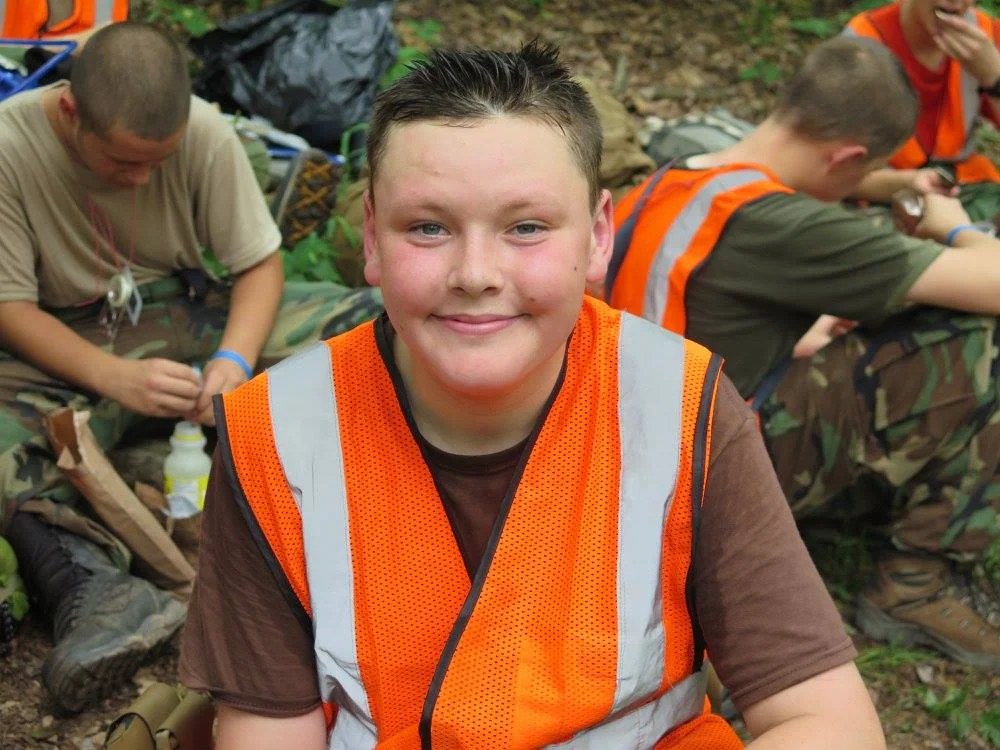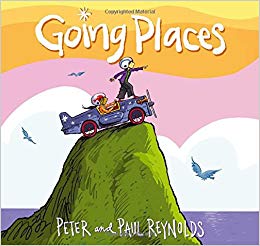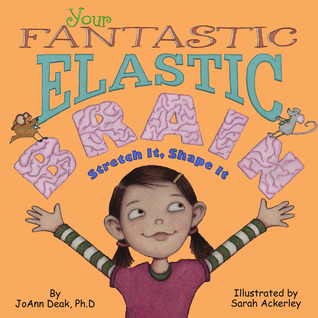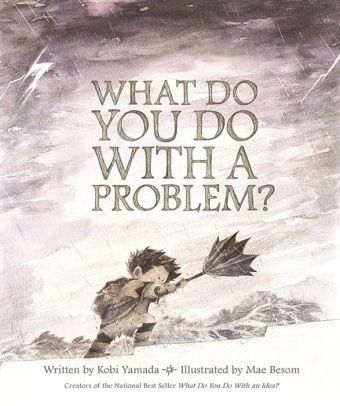Anger, sadness, worry, shame, and arrogance are some of the many masks we wear in our lifetime.
Masks hold seductive promises. Take your pick: self-protection, acceptance by others, an ego-booster, a temporary fix for emotional pain – or – a safe hiding place from YOURSELF.
In truth, masks rob us of the precious, God-given life we were meant to live.
How does this happen?
_____________________________________________________________________________
Allow me to tell you my story . . ..
When I was six years old, I told my mother that I was going to become a professional dancer. I thrived on rhythm. My dad was a professional jazz musician. Music was his life. He pounded out jazz rhythms on the dinner table every night. He sang his way through problems. And - seven days a week, he treated our family to two hours of trumpet practice. I know which gene pool I drew from.
Celebrating rhythm and movement came naturally to me, until my late twenties, when I donned my first mask. Two legalistic church systems told me that snapping my fingers, tapping my foot, and swaying to a beat were – heathenish. Desperately wanting acceptance, I resolved never to dance, again. More than that, I threw out armloads of my R&B music.
Over a 25-year period, this denial of my true self nearly choked the life out of me. Life got grayer and grayer. I traded my pretty dresses for ankle-length cotton jumpers, my hoop earrings for teeny-tiny gold studs, and my colorful high-heeled shoes for beige pumps. Saddest of all, I traded my spontaneous laughter and joy for a staid demeanor, befitting a proper spiritual woman.
Here’s the funny thing. . . I was categorically rejected by the two churches that I desperately wanted to accept me. In the first church, I was labeled a rebel. How??? I was doing everything I was told to do. Even, dutifully wearing my mask. The second church didn’t need a reason to marginalize me. It just waved its all-powerful, magic wand, and it was so.
Here's the beauty of this tale. . . rejection kept me from swallowing the entire glass of purple Kool-Aid. I rose up one day and declared, “No more! I’m out of here. Mask off!”
Ironically . . . movement, rhythm, dance, and music are now staples in my life. They are a part of both my personal and professional life. I have certifications in The Listening Program, InTime, and The Movement Program – programs founded on the science that music, rhythm, and movement foster healthy brains. In addition, with the help of my talented Fred Astaire dance instructor, I established a ballroom dancing class for special needs children. Movement, music, and rhythm are the tools which have helped me to teach severely autistic children to ride bikes and move gracefully. I even use music to elevate the moods of depressed children. It feels like I’ve come full circle. God has such a sense of humor. I love Him for that.
After wearing a mask for 25-years, and then, being delivered from it, I discovered (3) practices which keep me from the temptation of “masking up.” These practices can do the same for you.
#1 Say what you mean: Yes, this is a tough one, especially if you are a people-pleaser who fears rejection or abandonment. Find your voice and courageously start exercising it. Take baby steps. Every bit of ground gained builds your confidence.
#2 Do what you say: Make a commitment - to yourself - to keep your word. This builds self-respect. As you practice this, you will come to “trust” yourself. Keeping your word is honorable. No more flakes and fakes.
#3 Say what is - when it is: Timing is everything. There is a right time to speak up. Learn to develop that sense of timing. Some things need to percolate. Some things need to simmer. However, MOST things need to be addressed in the moment. If you suppress your truth – it will eventually erupt like a volcano. Or – it will eat you alive in the form of disease and mental/emotional stress.
In conclusion, mask wearing robs you of your life! As Swiss psychiatrist Carl Jung brilliantly states, the privilege of a lifetime is to become who you truly are.
Now - - - go - - - be YOU!































